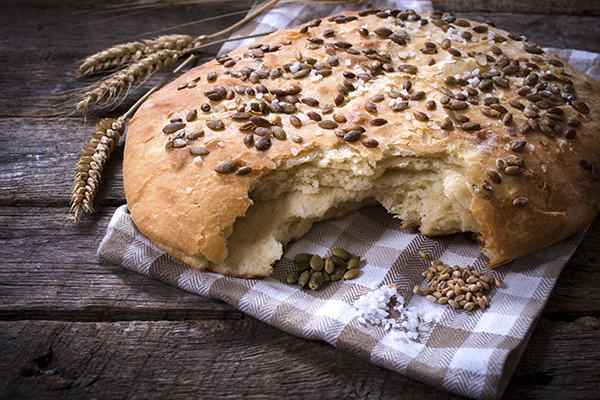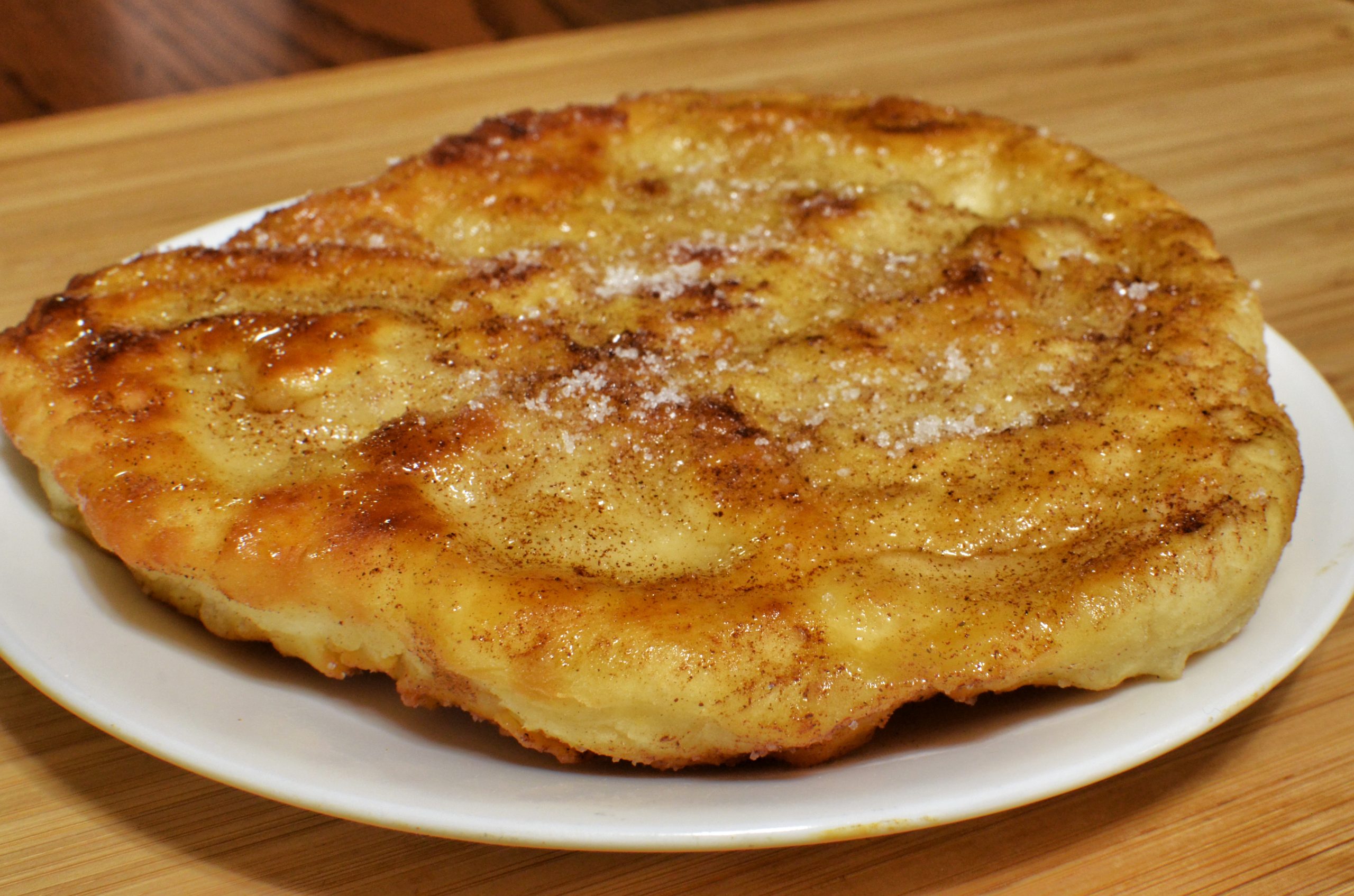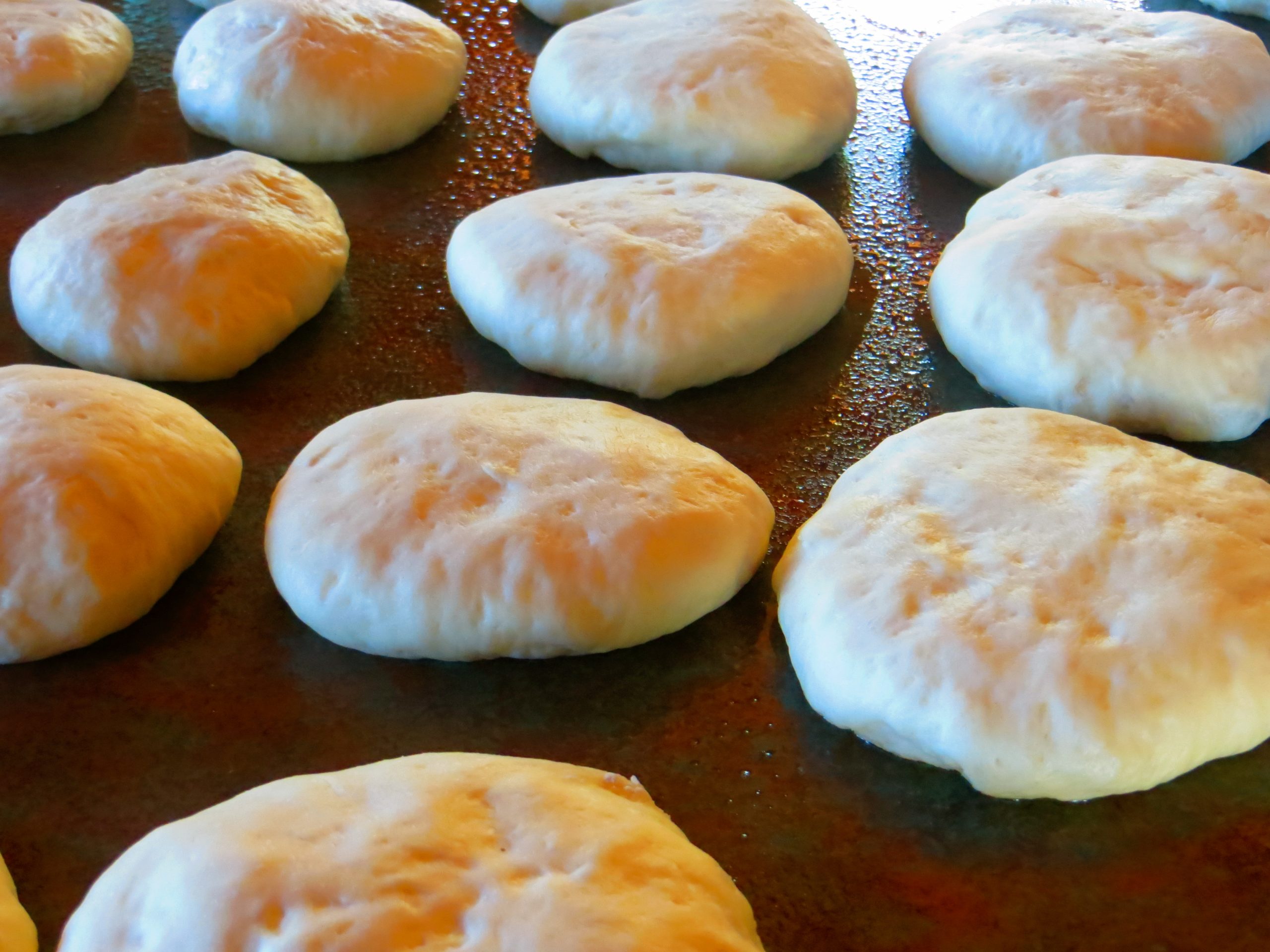Bannock is a type of fry bread, which originates from Scotland but was eventually adopted by the Indigenous peoples of Canada, particularly the Métis of western Canada. Bannock stems from the Gaelic word bannach, which means “morsel,” a short and sweet but accurate description. The Scottish cooked the bread on a griddle called a Bannock Stone, which they placed on the floor in front of a fire.
Contents
A Brief History of Bannock
It is conventionally believed that Scottish fur traders called Selkirk introduced bannock to the Indigenous peoples of North America during the 18th and 19th centuries. The Scots cooked it in a griddle called a bannock stone, which they placed on the floor before a fire. Scottish bannock was usually made of barley, peameal, or oatmeal. Wheat flour was later introduced.
Indigenous people adopted bannock, often using cornflour or plants rather than the wheat flour of Europeans. However, the story isn’t so straightforward. It is now understood that many Indigenous communities had their own pre-colonial versions of bannock. Indigenous peoples in Canada were consuming unleavened bread-like foods from the starch or flour of bracken rhizomes (the underground stems of ferns), which were cooked or baked-on rocks over fire, in sand, or in cooking pits or earth ovens. For example, camas bulbs (an herb from the lily family) would have been baked for long periods of time, dried, and then flattened or chopped, and formed into cakes and loaves. First Nations cooked their bannock by a variety of methods. Some rolled the dough in the sand then pit-cooked it, brushing the sand off once it was ready to eat. Others baked it in clay or rock ovens. Also, some wrapped the dough around green, hardwood sticks, resting slanted over an open fire.
Instructions
1. Mix flour, baking powder, sugar and salt together.
2. Work in the margarine using your hands until you make a nice crumble.
3. Gradually mix in the liquid so dough is soft but not sticky. Knead.
4. Shape into a ball and place on a greased baking sheet. Flatten into a circle about 1 inch thick.
5. Bake at 425°F for 25 minutes or until golden brown.
Some best Bannock Restaurant
Chief Chiniki
Bison and bannock are on the menu at the admittedly touristy restaurant Chief Chiniki in Morley, AB, 60 kilometres west of Calgary. Located near Mount Yamnuska, the restaurant offers a majestic view along with traditional native cuisine.
Let your snacks settle while you check out the adjacent Chief Chiniki Handicraft Centre, where handmade native crafts such as beadwork goods and moccasins are sold.
Location: Highway 1, Morley, AB
Phone: 403-881-4204
Jenni’s New Ground Cafe
Saskatchewan’s bannock joints are legendary for being quick eats with Indian tacos, bannock and chili for a couple of bucks. But Jenni’s New Ground Cafe in Birch Hills, about 175 kilometres from Saskatoon, is something else.
Owned and operated by Jennifer Willems, the café serves up dishes strong on local prairie ingredients that celebrate her Métis heritage, including golden flax bannock, served with bison meatloaf. Don’t miss the Birch Hills Fog, made with local dandelion honey, steamed milk and Earl Grey tea.
Location: 167 Bellamy Ave., Birch Hills, SK
Phone: 306-749-2529
Neechi Foods Community Store
On the scene since 1990, Neechi Foods Community Store is a North Winnipeg aboriginal food co-op selling bannock dogs and bannock pizza, along with freshly baked loaves.
“I like to think of bannock as the national bread of Canada,” says Candace Irvine, one of the owners. “It’s about time we started recognizing that and celebrating it.” The co-op is expanding this summer with a larger supermarket.
Location: 325 Dufferin Ave., Winnipeg, MB
Phone: 204-586-5597
La Traite
Meaning “The Treaty” en français, this critically acclaimed restaurant opened in the Première Nations boutique hotel in 2008 by the Hurons of Wendake, QC. The mission here
is simple: sophisticated, contemporary twists on their culinary traditions.
Executive chef Martin Gagné’s dishes include wapiti broth with a side of bannock, rabbit casserole with mushrooms, black pudding with maple mustard and marinated deer flank steak with rosemary sauce. Each edible masterpiece is infused with herbs, edible flowers and roots that grow wild in Northern Quebec, including lavender, fennel and wasabi.
Location: 5 place de la Rencontre, Wendake, QC
Phone: 418-847-2222
Sweetgrass Aboriginal Bistro
Set in Byward Market, an Ottawa foodie fave, Sweetgrass serves warm bannock rolls and herbed butter with drinks and appies like elk dumplings with wild mushrooms and seafood fritters.
Make sure to save some room as chef and co-owner Warren Sutherland also gets creative with game. Try the bacon bison burger with cheddar, mushrooms and “duck butter” on a grilled sesame seed bun. Carbophobes, beware!
Location: 108 Murray St., Ottawa, ON
Phone: 613-562-3683


